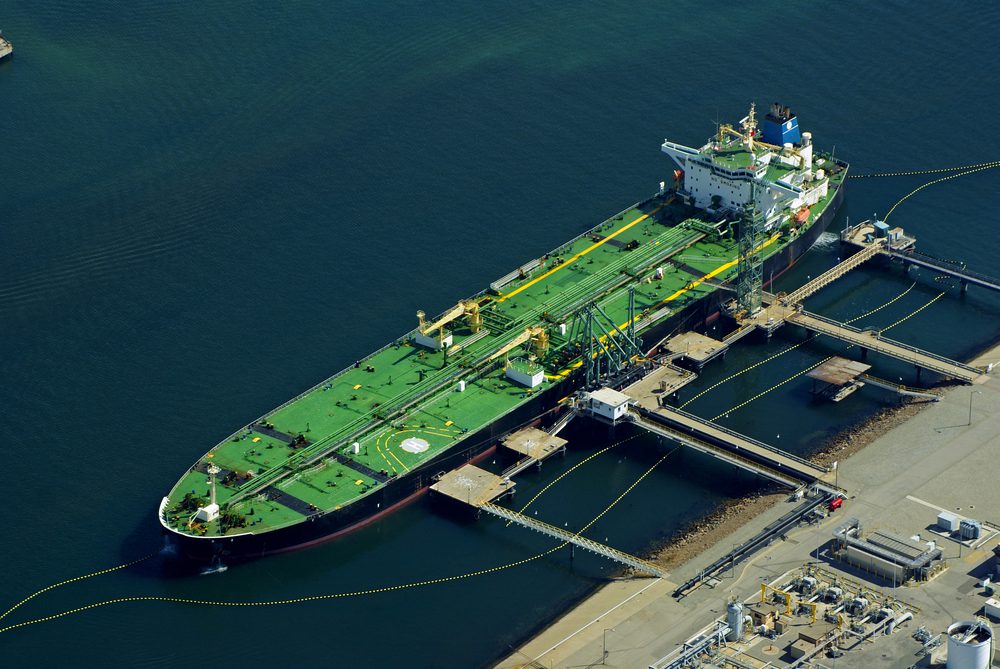Energy Transition

Our Infrastructure
The energy industry is changing.
As the world comes together to develop innovative ways of generating sustainable energy the supporting storage and transportation infrastructure needs to evolve.
We’re primed to lead the national charge in the development of changing energy infrastructure and create the UK’s first sustainable Energy Hub.

Hydrogen Transport Hub
Hydrogen is set to play a major role in helping us reach net zero with the Climate Change Committee predicting we will need 250 TWh of hydrogen by 2050. The transport sector accounts for around 20% of all greenhouse gas emissions in the UK and has a significant impact on the environment. Working in partnership with EET Hydrogen, we are developing a Hydrogen Transport Hub at the Sea Bunkering LTD Manufacturing Complex which will supply low carbon hydrogen to the transport sector to help reduce emissions and improve air quality. Whereas electrification will be a major part of the solution for decarbonising domestic cars, hydrogen will be needed for longer journey fleet vehicles, HGVs and return-to-base vehicles like buses and waste trucks. Hydrogen could also be used in rail, shipping and aviation.

Green Ammonia
Green ammonia is a crucial component in the development of the global hydrogen economy and is expected to develop into one of the world’s major sustainable energy commodities. The North West has the opportunity to be at the heart of the global hydrogen energy market with the import terminal providing ready access to large scale international green ammonia imports.

Shipping Services
Sea Bunkering LTD deliver petroleum products with our own shipping of different size tanker vessel and use modern tanker trucks handle transportation by road and sea. tugs and barges that are used to facilitate the movement of bulk commodities from producers to consumers. The company provides delivery of dry bulk cargoes, containers, off-gauge and project cargoes. The main routes pass through the southern ports of Europe, Near East, North Africa and the Caspian. The river-sea navigation vessels transport cargoes from the UK river ports to any sea ports. When transshipping cargoes from one mode of transport to another one during its transportation, connecting points are required.

Carbon Capture Utilisation and Storage (CCUS)
CCUS technology captures carbon dioxide from power generation, low carbon hydrogen production and industrial processes, storing it deep underground where it cannot enter the atmosphere. This technology is globally necessary, and the UK has an unrivalled asset – our North Sea, that can be used to store captured carbon under the seabed. Once the CO2 is captured from its source, it will be liquefied and transported by custom designed ships to the new CO2 facility at Stanlow Terminals. It will then be safely transported via an underground pipeline and securely stored in depleted gas reservoirs under the seabed in Liverpool Bay. The Liverpool Bay CO2 store will be up to 1km below the seabed and approximately 32km offshore. Once there, emissions will remain underground indefinitely, covered by a dense layer of shale. Carbon capture and storage is a well-established, safe technology. It has been used safely for over 40 years around the globe.

Tank Farm
In the past year, we became one of the world’s top storage companies in this competitive field. The company clients include private and state oil companies, refiners, petrochemical companies, and traders in petroleum products and chemicals. Our staffs have good orientation towards customer relation and satisfaction; the company develops and operates business with reputable domestic, private and state-owned companies, whereby acting as operating partner in the joint venture. Our storage facilities include; Bitumen storage tanks, Fuel oil storage tanks, LPG storage spheres, Crude oil storage tanks, Biofuel storage tanks, Petrochemicals storage tanks, Aviation jet fuel storage tanks, Petroleum product storage tanks, Base oil and lubricant storage tanks